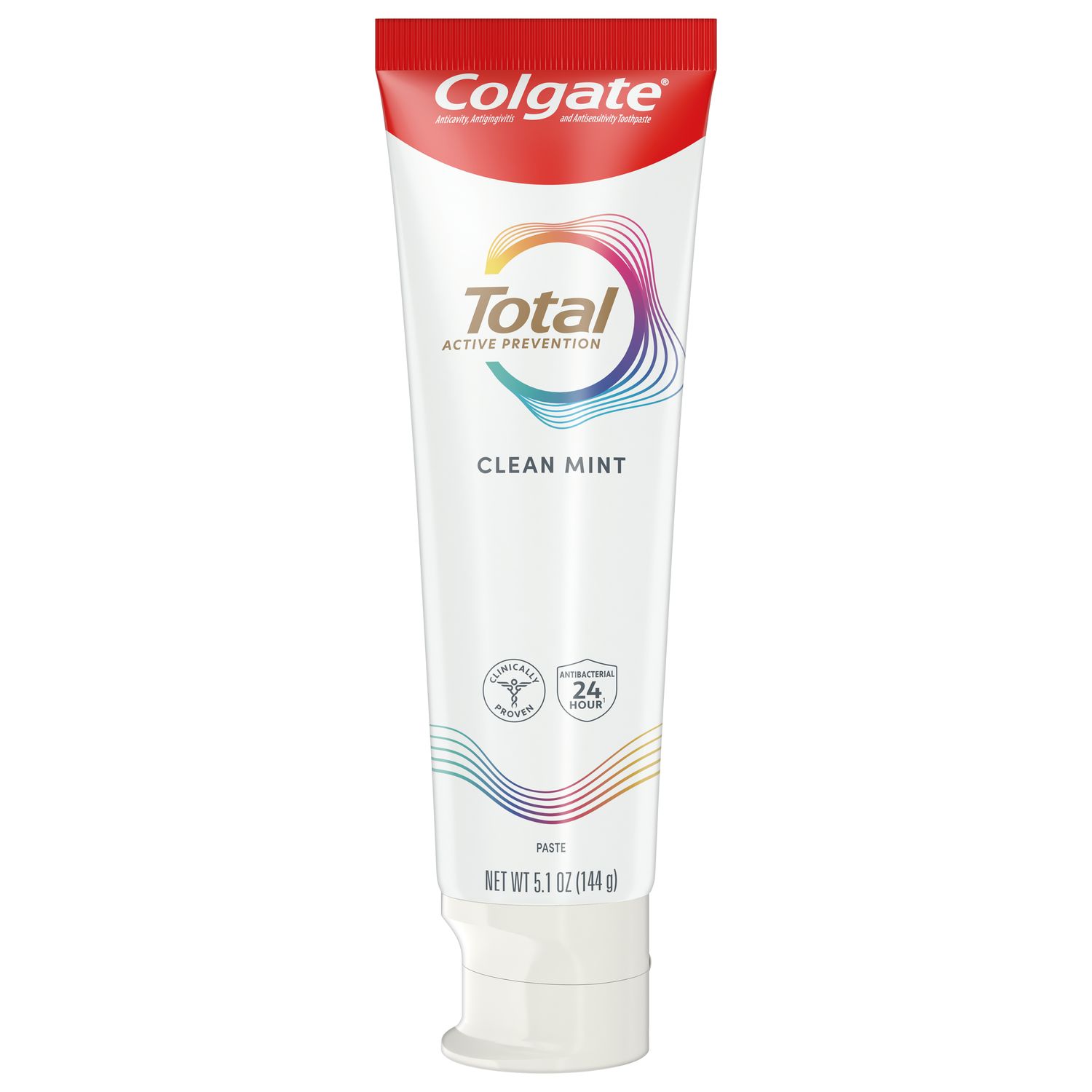
E-prescribing is ‘a prescriber's ability to electronically send an accurate, error-free and understandable prescription directly to a pharmacy from the point-of-care.’ In 2000, a white paper recommended phasing out of written prescriptions and converting to e-prescribing, noting that this would reduce errors. E-prescribing gained momentum when it was included in the 2003 Medicare Modernization Act.
Who requires e-prescribing?
By 2020, 13 states already required e-prescribing either for some controlled substances (e.g., opioids), all controlled substances or all prescriptions. A further 19 had enacted legislation and would require e-prescribing for some or all three categories of prescriptions. Among these, California mandatory e-prescribing (including electronic transmission) for all prescriptions as of January 1, 2022 with a few exceptions. Increasingly, states have mandatory e-prescribing at different levels. It is essential to know the requirements for your state.
Plus, Medicare Part D prescriptions for schedule II, III, IV, and V controlled substances must now be prescribed electronically, with a few exceptions. One of these exceptions is if the provider writes a maximum of 100 controlled substance prescriptions for Part D drugs per calendar year.
Why e-prescribing?
E-prescribing is considered an important element in improving the quality of patient care, standardizing the process. There are several benefits using e-prescribing:
Efficiency in prescribing and dispensing medication
Convenience for patients
Potential to reduce medication errors, and to eliminate those caused by illegible writing on written prescriptions
Instant online notification of allergies and drug interactions for a patient
Improved ability to track all medications the patient is on
Ability to monitor controlled substance prescriptions through prescription drug monitoring programs
Opportunity for reduced fraudulent prescriptions
Ability to check whether prescriptions were filled and to improve compliance
Supports remove patient care, such as during the pandemic when in-person medical and dental visits were impossible or reduced and teledentistry/telehealth increased.
There are many software programs for e-prescribing, some integrated into practice management software.
There are also potential disadvantages such as inconsistency in how e-prescriptions are written where the data fields are not used appropriately, difficulty selecting products and ensuring the patient receives what is recommended as a prescription, difficulty using the software for e-prescribing. A further possibility is that there may be an outage, making use of the software temporarily impossible.
There are many software programs for e-prescribing, some integrated into practice management software. They are each slightly different, but serve the same purpose. Bearing that in mind, there are common themes that we can consider to make e-prescribing work.
Hints and Tips
Training is essential for everyone who will be involved in using the software platform. This will increase efficiency, helps to avoid frustration and potential omissions/errors. Proper training and steps in place to create a system for the office will help the process be fluid and efficient.
If you don’t already have the patient’s pharmacy information in the records, ask them and enter that into the patient record. For new patients, the request for this information can be added to the new patient paperwork so that your office has it in the records from the beginning should the patient need a prescription.
Make sure you have the information on all the products you prescribe saved in the system. This will increase efficiency and can contribute to accuracy. All the details are important.
Make sure the e-prescription transmitted is for what is being recommended. For example, if a chlorhexidine mouth rinse is being prescribed make sure that the brand is in there so that the patient receives the intended product. If this is not specified, the patient may receive a different brand or generic.
Enter all the variants of a specific product that are prescribed in your office into the system. For example, there are several variants of the prescription-level fluoride Colgate PreviDent 5000, such as Colgate Prevident 5000 Booster Plus, Colgate PreviDent Dry Mouth and Colgate PreviDent Sensitive. This makes it easier to make sure that a patient with dry mouth receives the appropriate variant, or the patient with sensitivity receives the variant containing potassium nitrate as well as 5000 ppm fluoride.
Use the e-prescribing tool to see if your patient collected their prescription if they go to a pharmacy for it. If the prescription wasn’t filled, that will show up in the digital record. This is an opportunity to educate patients and potentially increase compliance.
Takeaways
E-prescribing is increasing and increasingly mandatory. Engaging in habits that make e-prescribing consistent, as specific as possible and easier is also an opportunity to get the most out of e-prescribing.
Join us
Get resources, products and helpful information to give your patients a healthier future.
Join us
Get resources, products and helpful information to give your patients a healthier future.













